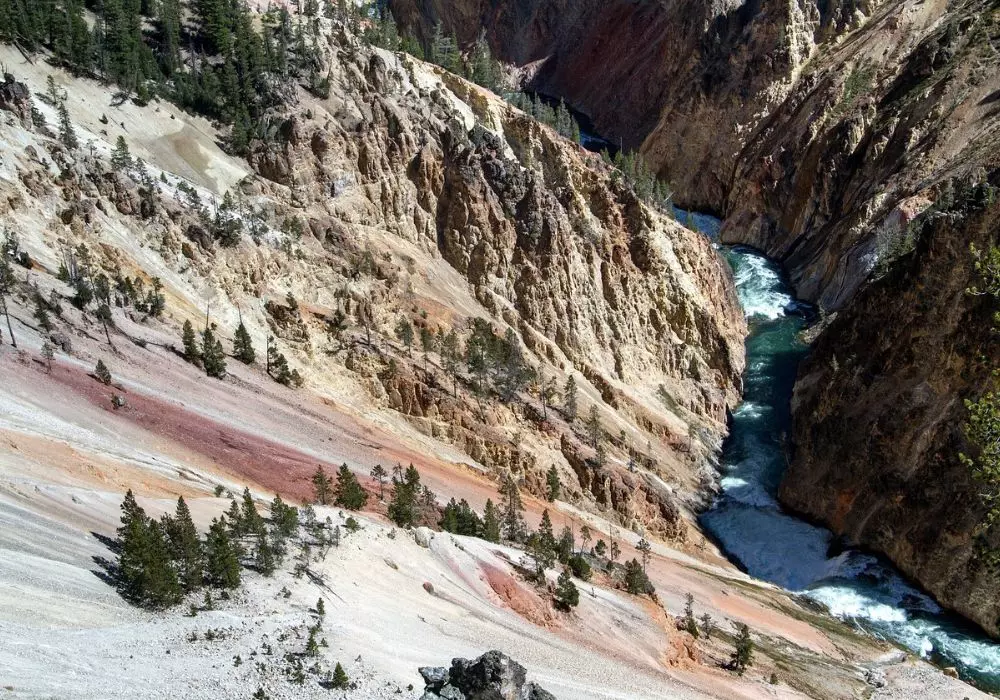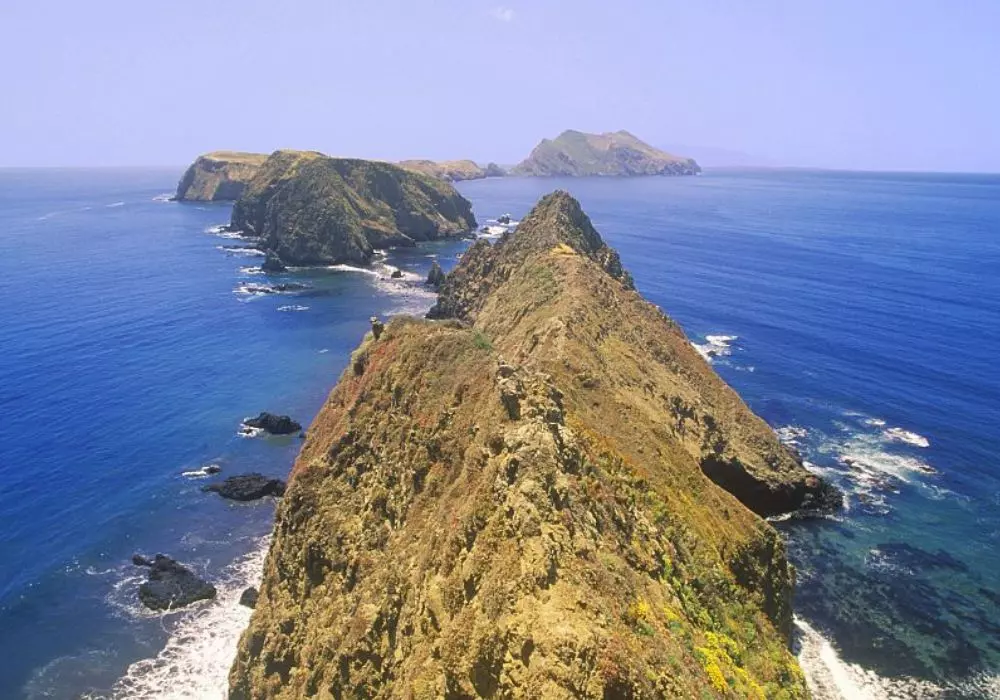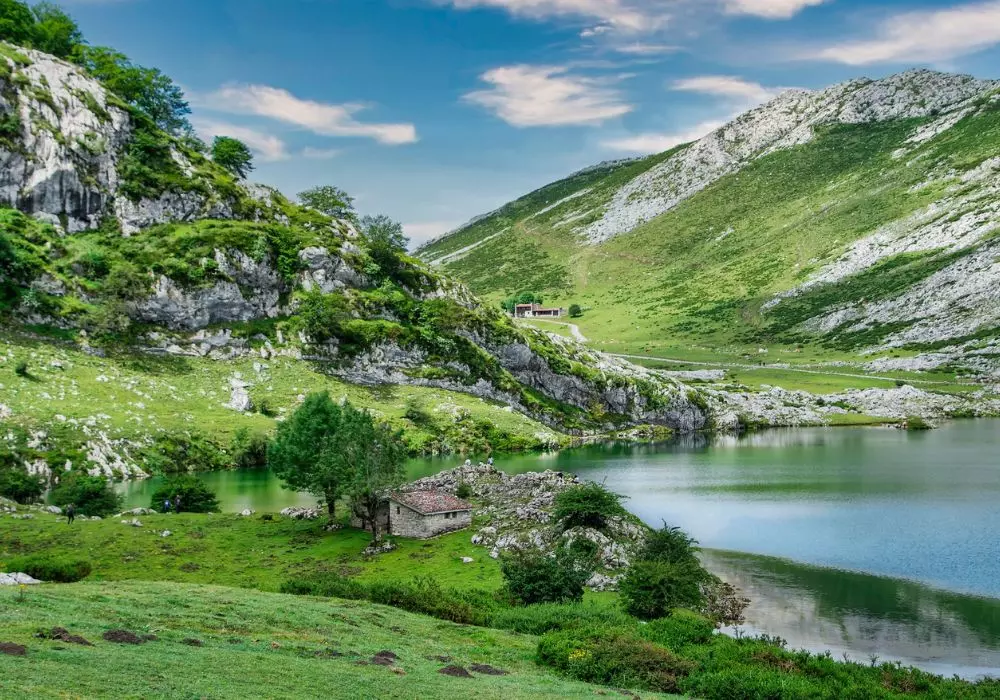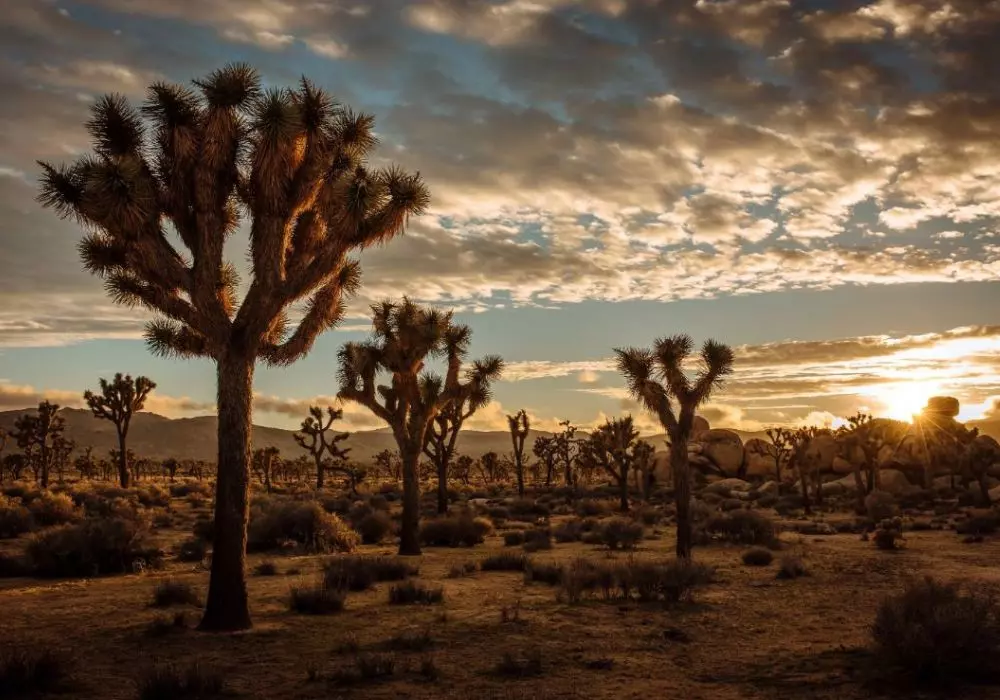Yellowstone National Park, established in 1872, is the world’s first national park and remains one of the most iconic natural preserves in the United States.
Spanning over 2.2 million acres, this vast wilderness covers parts of Wyoming, Montana, and Idaho, offering visitors an unparalleled array of geothermal features, wildlife, and dramatic landscapes.
This comprehensive guide will delve into the history, geography, wildlife, activities, and tips for visiting Yellowstone National Park, ensuring you have all the information you need for an unforgettable experience.
The History of Yellowstone National Park
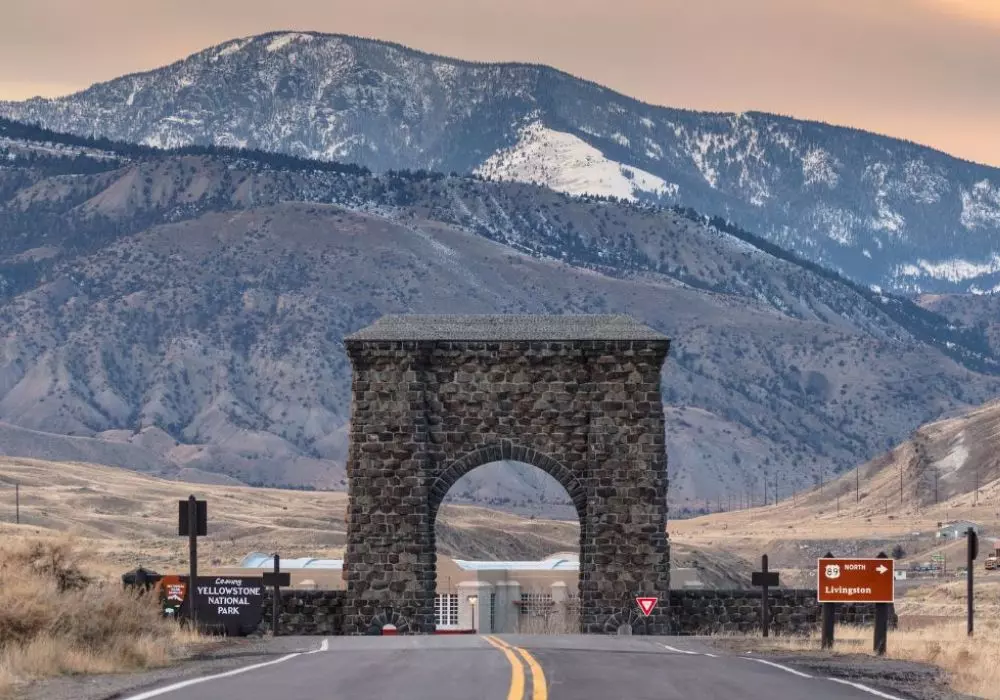

Yellowstone National Park’s creation marked a significant milestone in conservation history.
On March 1, 1872, President Ulysses S. Grant signed the Yellowstone Act into law, establishing the park as a protected area for public enjoyment and preservation.
This landmark decision was driven by the efforts of early conservationists like John Muir and Theodore Roosevelt, who advocated for the preservation of America’s natural landscapes.
The park’s name derives from the yellowish sandstone cliffs along the Yellowstone River.
The term “Yellowstone” is a translation from the French “Roche Jaune,” referring to the yellow rock formations in the area.
The establishment of Yellowstone set a precedent for the creation of national parks worldwide, influencing conservation policies and practices globally.
Early Exploration and Development
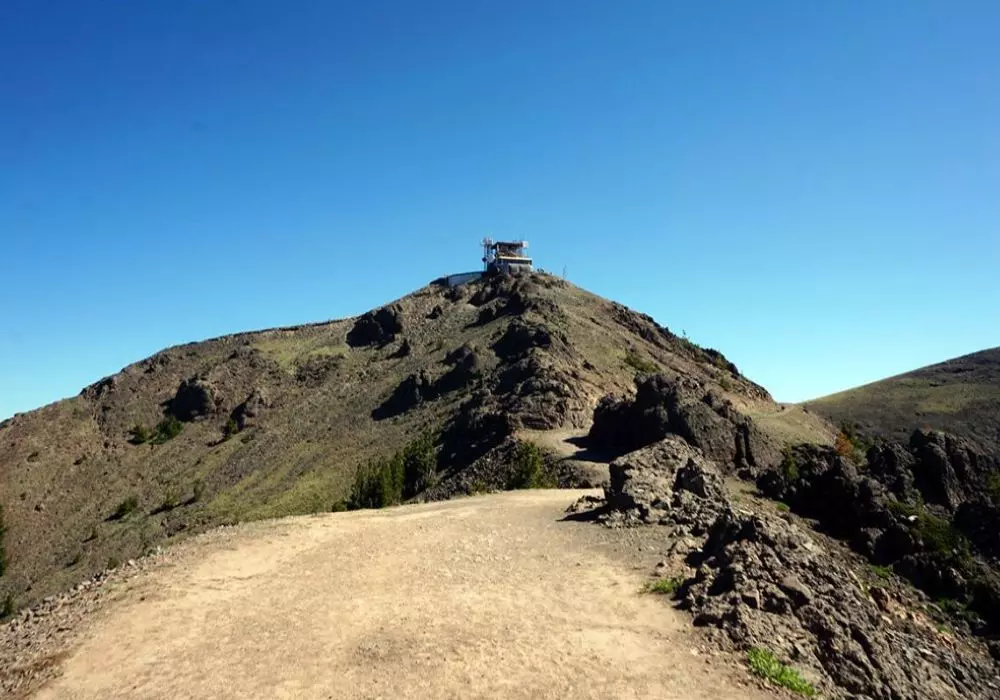

Before the park’s establishment, the region was explored by various expeditions, including the 1870 Washburn-Langford-Doane Expedition, which provided detailed accounts of the park’s geothermal features and wildlife.
Their reports sparked public interest and support for the park’s creation.
In the early years, managing Yellowstone posed challenges due to its remote location and the lack of infrastructure.
The U.S. Army was initially tasked with protecting the park and enforcing regulations.
Over time, the National Park Service, established in 1916, took over management, leading to significant developments in park facilities and visitor services.
Geothermal Wonders of Yellowstone
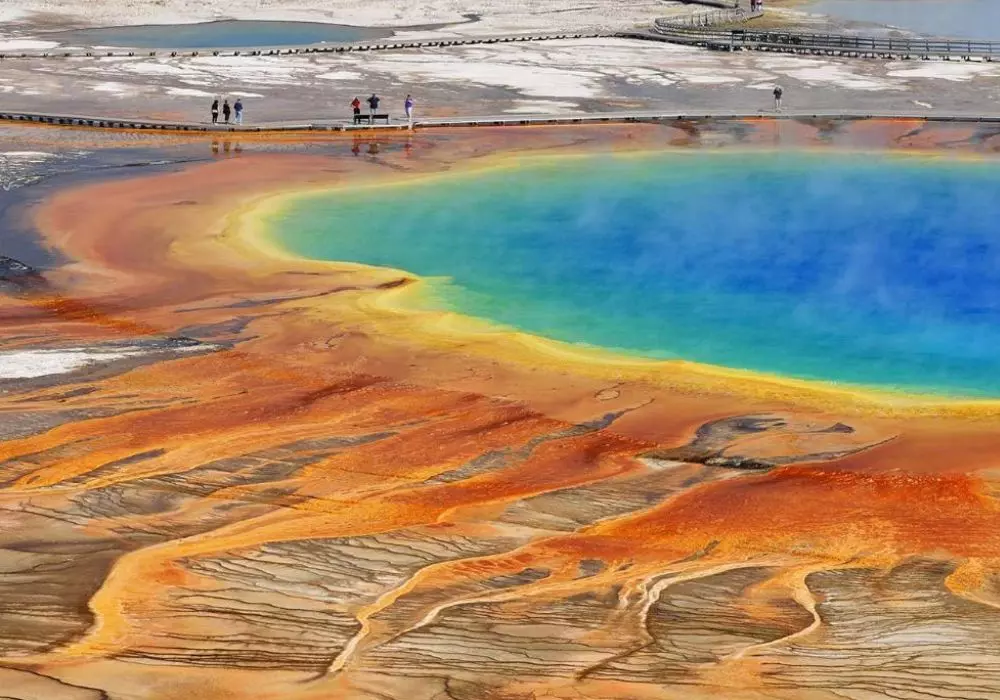

Yellowstone National Park, located in the heart of the Rocky Mountains, is renowned for its astonishing geothermal features.
Geysers: Nature’s Explosive Exhibits
Yellowstone is renowned for its geothermal features, with over half of the world’s active geysers located within its boundaries.
These geysers are a testament to the park’s volcanic activity and the underlying geothermal processes.
Old Faithful
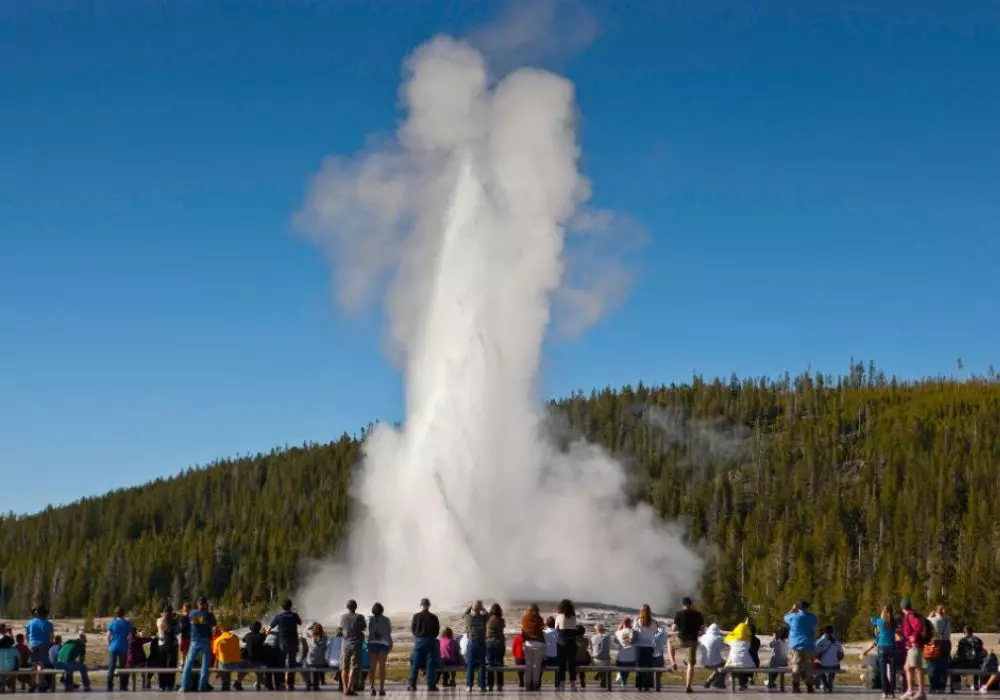

Perhaps the most famous geyser in the world, Old Faithful erupts approximately every 91 minutes, shooting water and steam up to 180 feet into the air.
Its predictable eruptions make it a popular attraction and a symbol of Yellowstone’s geothermal power.
Steamboat Geyser: The tallest active geyser globally, Steamboat Geyser can erupt up to 300 feet.
Unlike Old Faithful, its eruptions are less predictable, occurring at irregular intervals. When it does erupt, it creates a spectacular display of steam and water.
Castle Geyser: Known for its majestic, castle-like appearance, Castle Geyser erupts less frequently but produces impressive bursts of steam and water.
Its cone-shaped structure is a result of centuries of geothermal activity.
Hot Springs: Vibrant Pools of Geothermal Activity
Yellowstone’s hot springs are equally captivating, with over 10,000 thermal features in the park.
These springs are heated by geothermal processes and often display vivid colors due to the presence of microorganisms.
Grand Prismatic Spring: The largest hot spring in the United States and the third-largest in the world, Grand Prismatic Spring is renowned for its vibrant colors.
The spring’s blue center is surrounded by bands of orange, yellow, and green, created by heat-loving bacteria and algae.
Mammoth Hot Springs: Located near the park’s north entrance, Mammoth Hot Springs features a series of terraced limestone formations created by the deposition of calcium carbonate from the hot spring’s mineral-rich waters.
Norris Geyser Basin
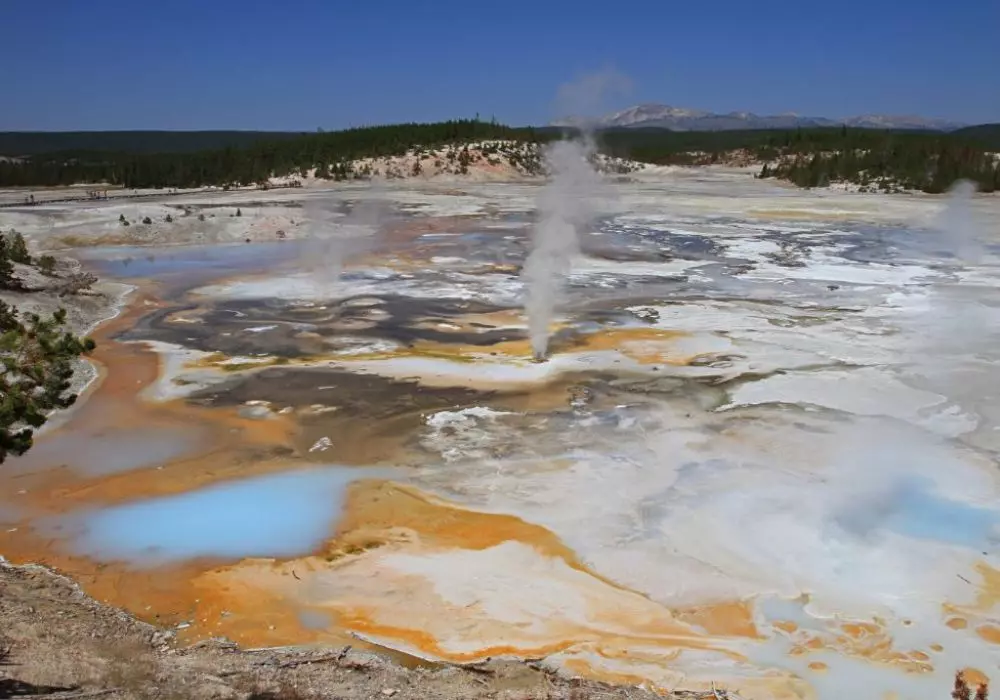

This area is the hottest and most acidic thermal region in Yellowstone.
Norris Geyser Basin is home to a variety of geothermal features, including hot springs, geysers, and fumaroles.
It’s a dynamic and ever-changing landscape that provides insight into the park’s geothermal activity.
Mud Pots and Fumaroles: Unique Geothermal Features
Fountain Paint Pot
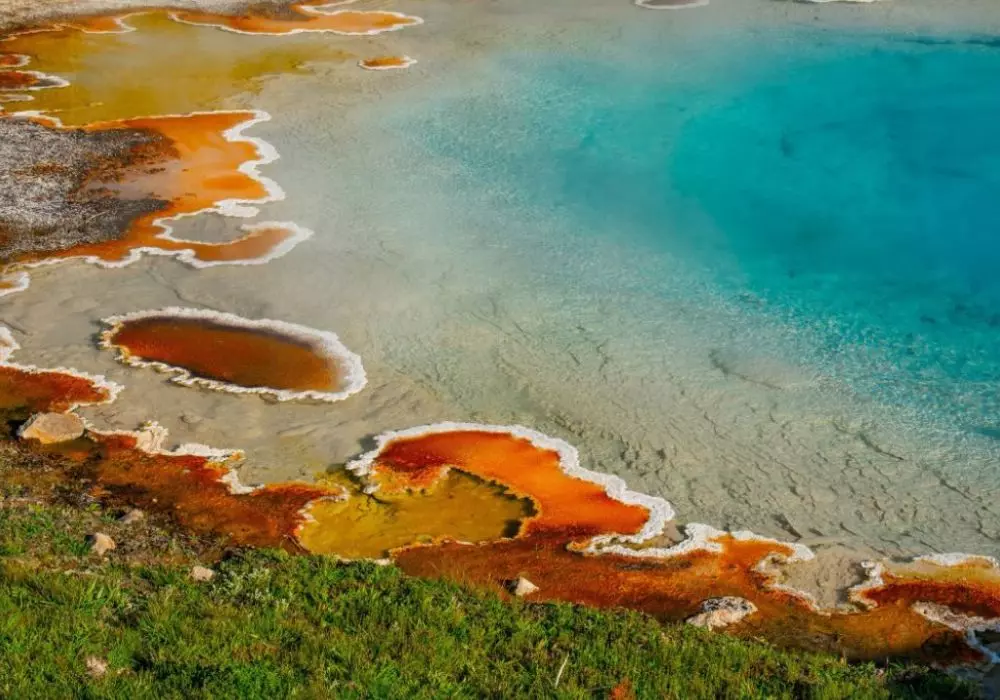

This area showcases mud pots, which are acidic hot springs mixed with volcanic ash and clay.
The bubbling, colorful mud is a result of the interaction between the hot spring’s acidic waters and the surrounding materials.
Sulphur Caldron: Known for its yellow sulfur deposits, Sulphur Caldron is a fumarole area where volcanic gases are released.
The intense colors and steamy appearance make it a visually striking feature of the park.
Scenic Landscapes of Yellowstone
This guide will take you through some of the park’s most iconic and scenic landscapes, offering insights into what makes each location special.
Lamar Valley: The Serengeti of North America
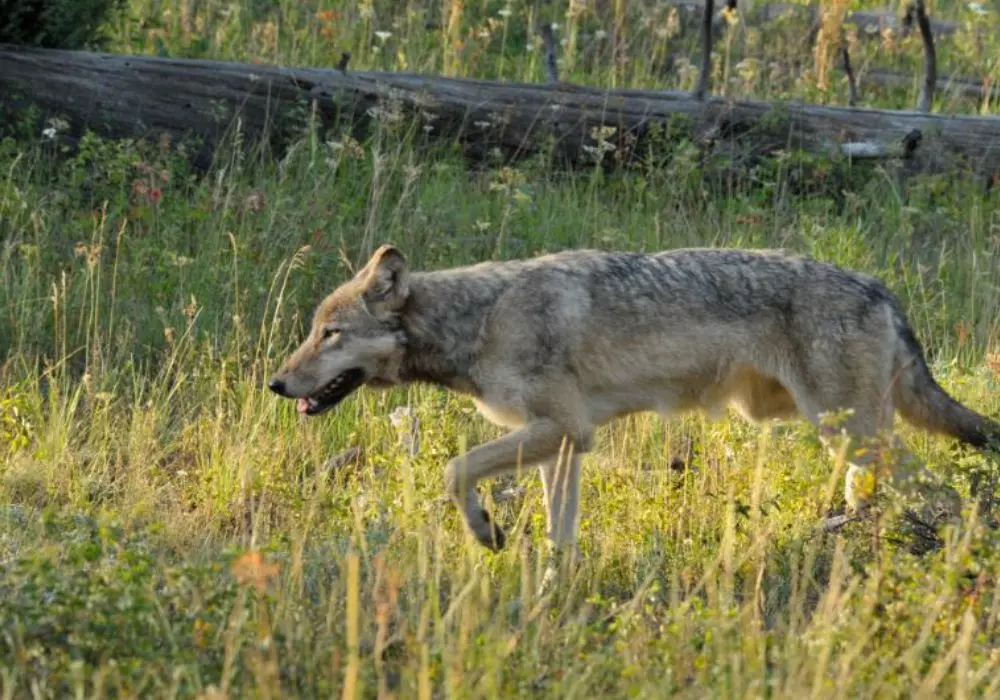

Lamar Valley is renowned for its wildlife viewing opportunities and stunning landscapes.
Often referred to as the “Serengeti of North America,” this area is home to a variety of large mammals, including bison, wolves, and elk.
The valley’s open grasslands and rolling hills create a picturesque setting for observing wildlife in their natural habitat.
Grand Canyon of the Yellowstone: A Geological Marvel
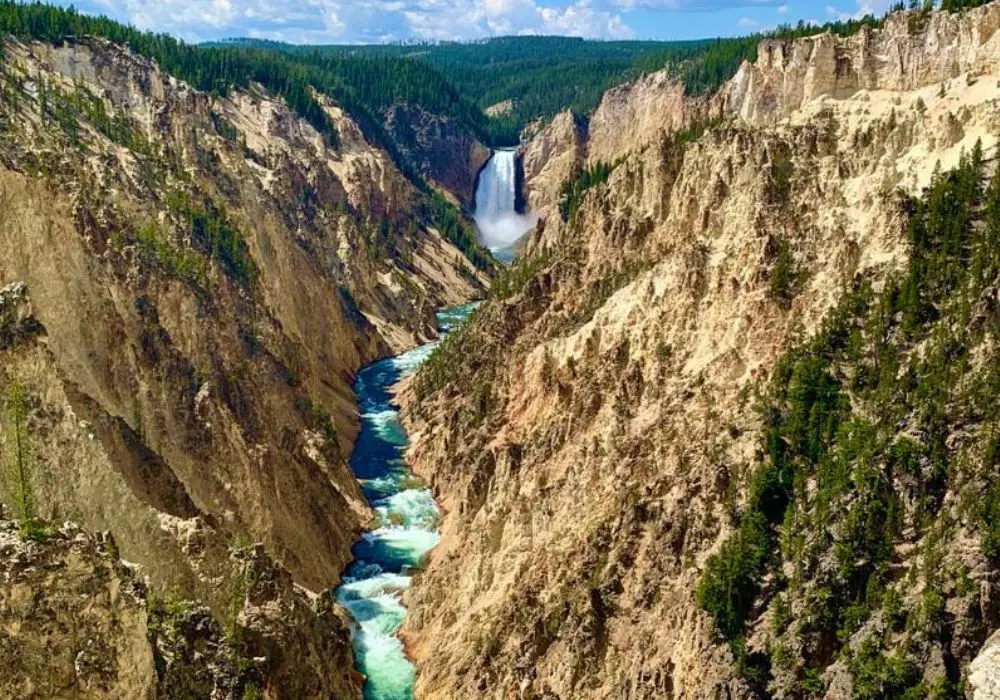

The Grand Canyon of the Yellowstone is a breathtaking natural wonder carved by the Yellowstone River.
The canyon stretches for 20 miles and features dramatic rock formations and vibrant colors.
The Lower Falls, a 308-foot waterfall, is one of the canyon’s most iconic features, offering spectacular views from several viewpoints, including Artist Point and Lookout Point.
Yellowstone Lake: A Serene Water Retreat
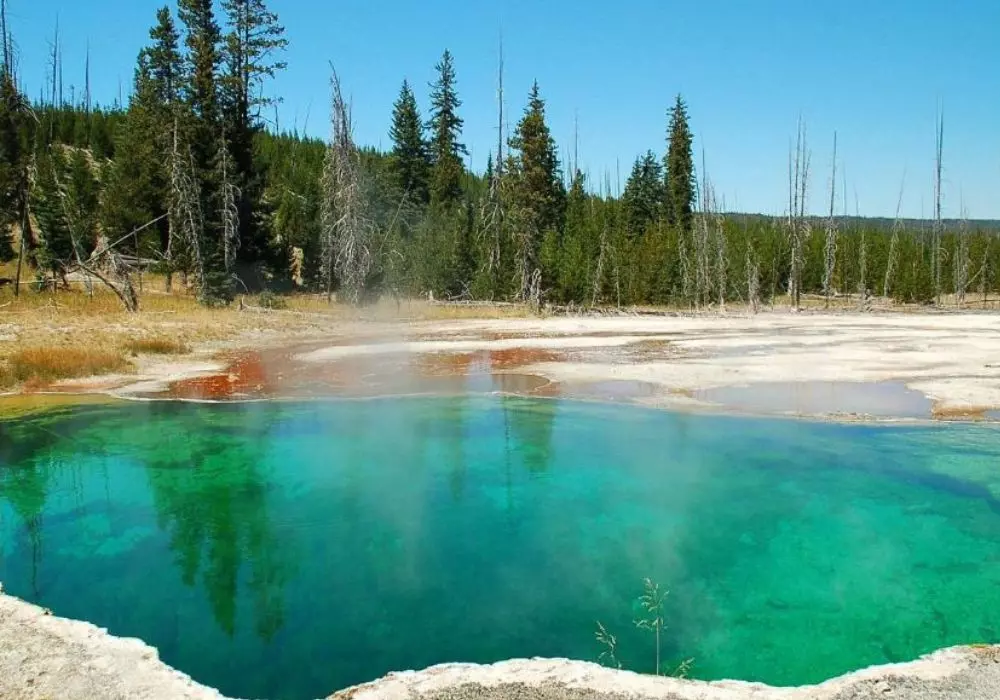

Yellowstone Lake is the largest high-altitude lake in North America, located in the park’s central region.
The lake’s clear waters and surrounding mountains provide a serene setting for recreational activities.
Visitors can enjoy boating, fishing, and kayaking on the lake, or take a scenic drive along the lake’s shoreline.
Hayden Valley: A Wildlife Paradise
Hayden Valley is another prime location for wildlife viewing, particularly for spotting bison and elk.
The valley’s wide-open spaces and proximity to the Yellowstone River make it an ideal area for observing these magnificent animals as they graze and interact with their environment.
Wildlife Encounters in Yellowstone
This article explores the incredible opportunities for wildlife encounters in Yellowstone, offering insights into the park’s inhabitants and tips for safely observing them in their natural habitats.
Bison: The Park’s Iconic Herbivores
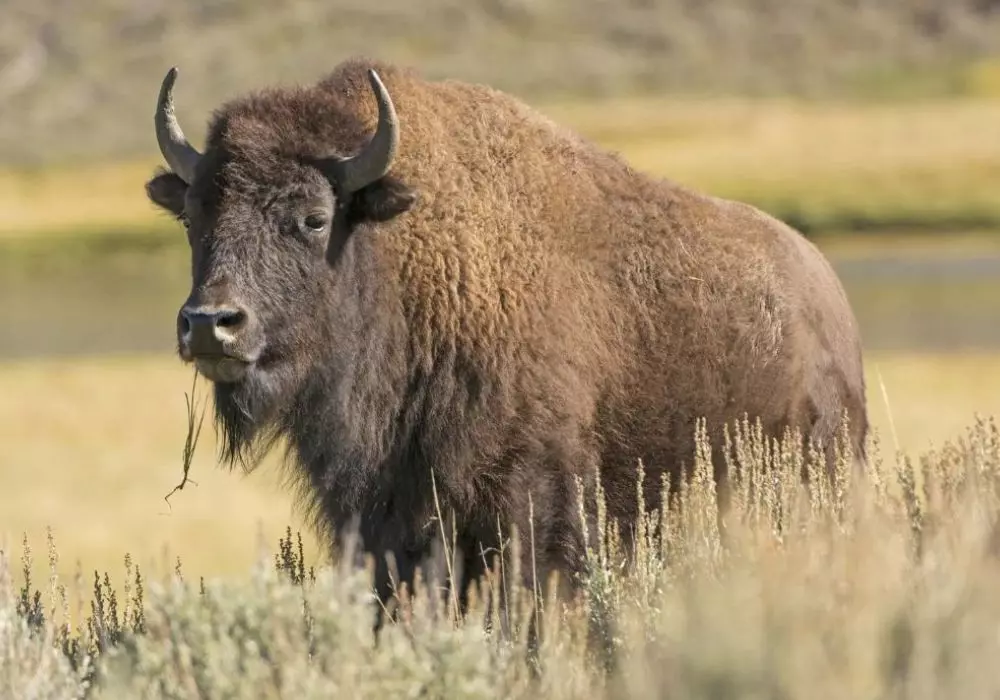

Bison are one of Yellowstone’s most iconic animals, with a population that numbers in the thousands.
These massive herbivores can often be seen grazing in meadows and along park roads.
The park is one of the last places in the U.S. where bison roam freely, making it a must-see for wildlife enthusiasts.
Grizzly Bears and Black Bears: The Park’s Predatory Giants
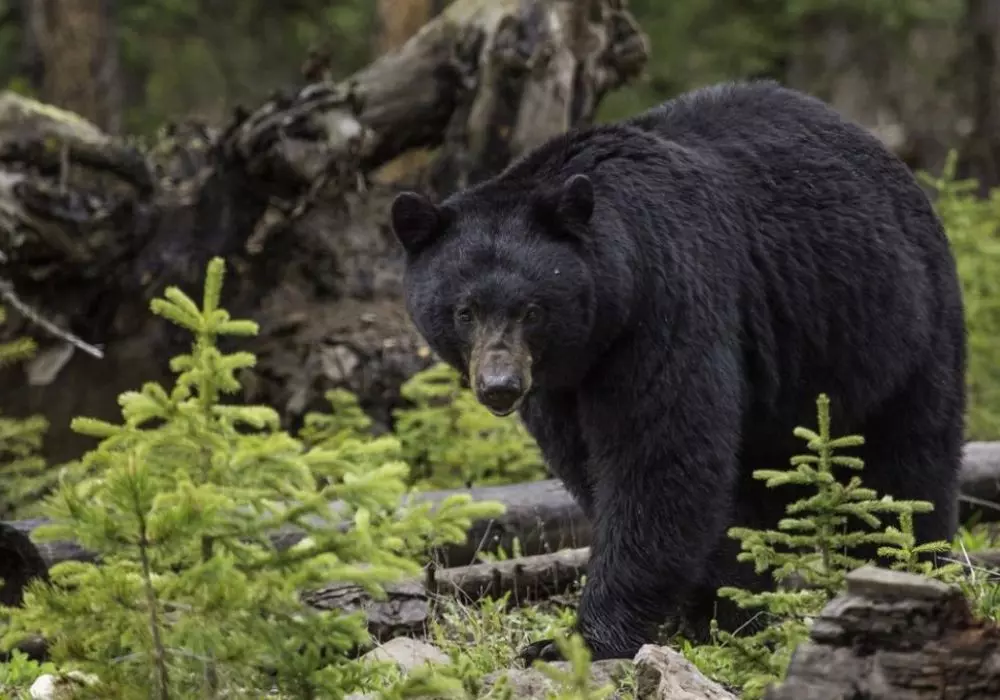

Yellowstone is home to both grizzly and black bears, and sightings are relatively common.
Grizzly bears are larger and more aggressive than black bears, and they are often found in the park’s higher elevations and remote areas.
Black bears are more adaptable and can be seen in a variety of habitats.
Visitors should always maintain a safe distance from bears and follow park guidelines for bear safety.
Wolves: The Park’s Top Predators
Wolves were reintroduced to Yellowstone in 1995 after being absent for decades.
The park now has a thriving wolf population, and their presence has had significant ecological impacts, including changes in prey populations and vegetation.
Guided tours and ranger-led programs offer opportunities to learn more about these fascinating predators and their role in the park’s ecosystem.
Bird Watching: A Diverse Avian Population
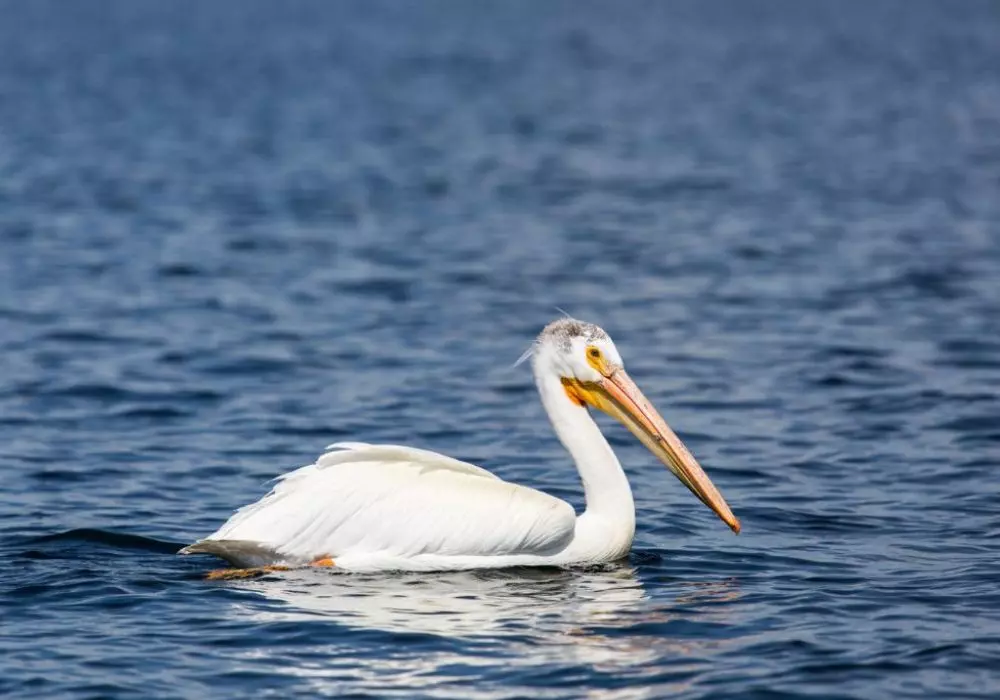

Yellowstone is a haven for bird watchers, with over 300 species of birds recorded in the park.
Notable species include the peregrine falcon, golden eagle, and the endangered California condor.
The park also serves as an important stopover for migratory birds, making it a great destination for observing a variety of avian species throughout the year.
Activities and Attractions
Whether you’re an avid hiker, a wildlife enthusiast, or someone looking to relax and take in the scenery, Yellowstone offers a wealth of experiences.
Here’s a comprehensive guide to some of the must-do activities and attractions in this iconic park.
Hiking: Trails for Every Adventurer
Yellowstone offers a wide range of hiking trails, catering to different skill levels and interests. From easy walks to challenging backcountry hikes, there’s something for everyone.
Old Faithful Area: The trails around Old Faithful provide easy access to some of the park’s most famous geothermal features.
The trail to the geyser is short and accessible, allowing visitors to witness its eruptions up close.
Mount Washburn
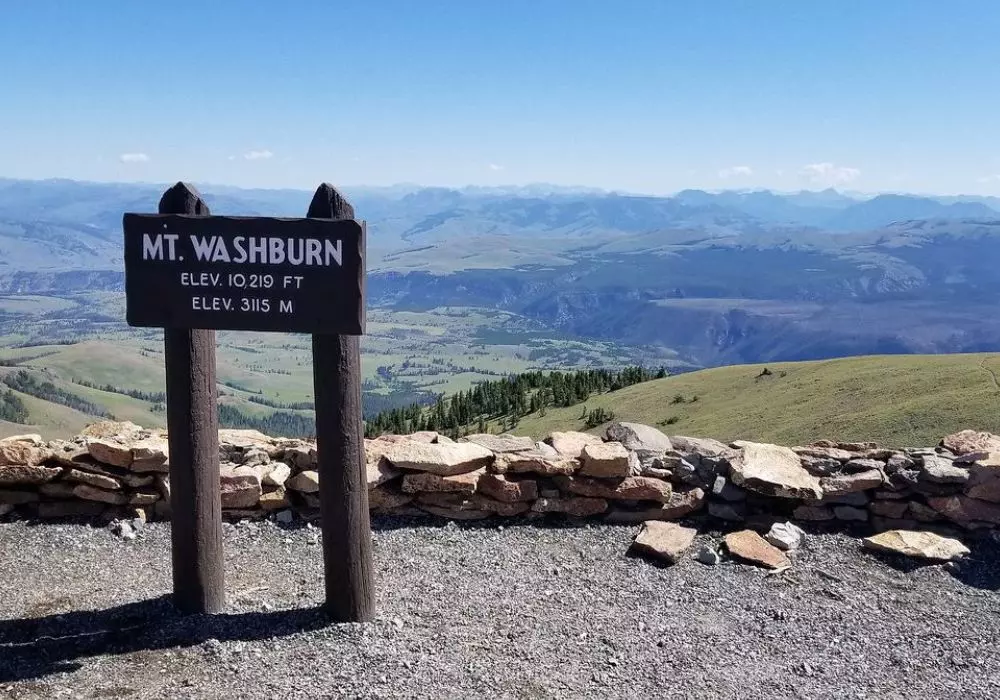

This moderate to strenuous hike takes you to the summit of Mount Washburn, offering panoramic views of the park’s landscapes and geothermal features.
The trailhead is located in the Dunraven Pass area, and the hike typically takes 4 to 6 hours round trip.
Fairy Falls: This relatively easy hike leads to the base of Fairy Falls, a picturesque waterfall surrounded by a lush forest.
The trail also offers views of the Grand Prismatic Spring from a unique vantage point.
Lone Star Geyser: The 5-mile round-trip hike to Lone Star Geyser is a less crowded alternative to Old Faithful.
The geyser erupts every 2 to 3 hours, providing a more tranquil experience away from the park’s busiest areas.
Scenic Drives: Breathtaking Road Trips
Yellowstone’s scenic drives offer spectacular views of the park’s diverse landscapes.
The Grand Loop Road is the park’s primary route, connecting many of its major attractions. Key scenic drives include:
Norris to Canyon: This drive takes you through some of the park’s most geologically active areas, including the Norris Geyser Basin and the Grand Canyon of the Yellowstone.
Canyon to Lake: This route offers views of the Grand Canyon of the Yellowstone, Yellowstone Lake, and the surrounding forests and meadows.
Lamar Valley: The drive through Lamar Valley provides access to some of the park’s best wildlife viewing areas, with opportunities to see bison, elk, and wolves.
Fishing and Boating: Water-Based Recreation
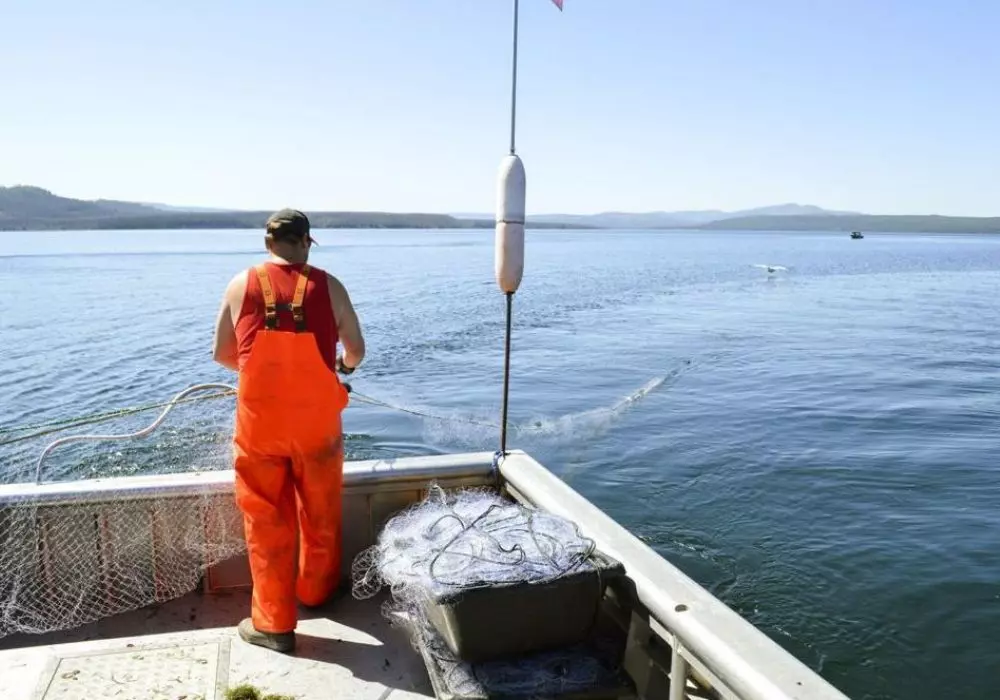

Yellowstone Lake and the park’s rivers offer excellent opportunities for fishing and boating.
The lake is home to cutthroat trout, and visitors can enjoy both shore and boat fishing.
The park’s rivers, including the Lamar River and the Yellowstone River, also provide opportunities for fishing.
Accommodations and Dining
Yellowstone National Park, with its expansive wilderness and iconic landmarks, offers a variety of accommodations and dining options to suit different preferences and budgets.
Lodging Inside the Park
Yellowstone offers a range of lodging options within the park, from historic lodges to rustic cabins.
Old Faithful Inn: This historic inn is a landmark in itself, with its distinctive architecture and prime location near Old Faithful.
The inn offers a variety of accommodations, including rooms and suites, along with dining options and a gift shop.
Mammoth Hot Springs Hotel: Located near the park’s north entrance, Mammoth Hot Springs Hotel offers comfortable accommodations and easy access to the Mammoth Hot Springs area.
Lake Yellowstone Hotel: Situated on the shores of Yellowstone Lake, this historic hotel provides stunning lake views and elegant dining options.
Campgrounds
Yellowstone has several campgrounds that offer a range of amenities and experiences.
Madison Campground
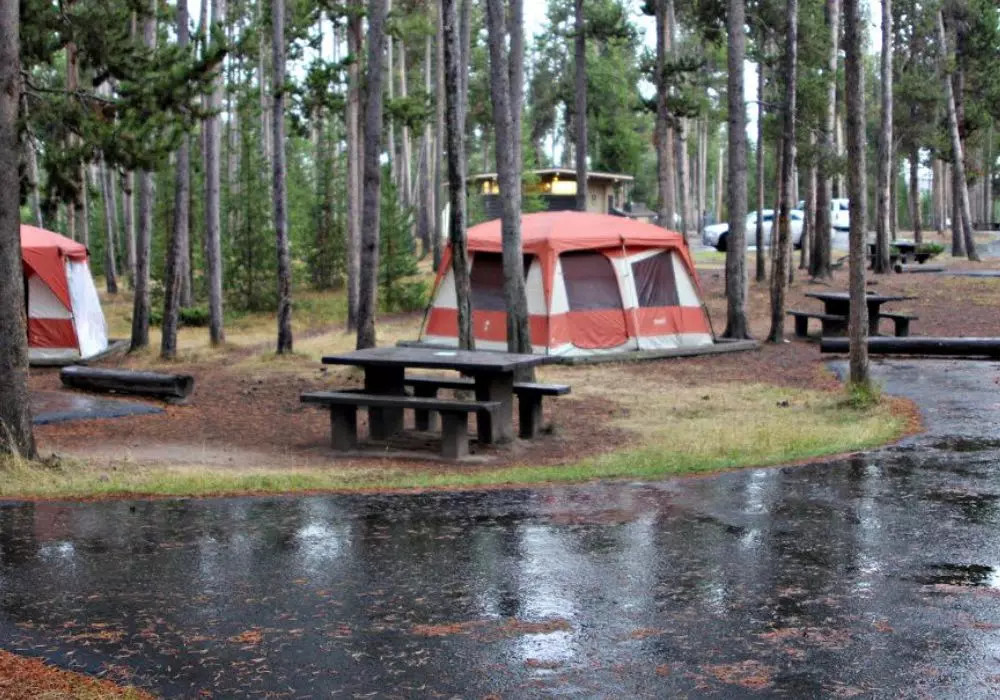

Located near the West Entrance, Madison Campground provides convenient access to popular attractions and is a great base for exploring the park.
Bridge Bay Campground: Near Yellowstone Lake, this campground offers picturesque views and proximity to lake activities.
Slough Creek Campground: A more remote campground in the Lamar Valley area, Slough Creek provides a quieter experience and excellent wildlife viewing opportunities.
Dining Options
Old Faithful Lodge Cafeteria: Located near Old Faithful, this cafeteria offers a variety of meals and snacks for visitors exploring the area.
Mammoth Hot Springs Dining Room: This dining room provides a range of meal options, including local and regional specialties, and is located near the Mammoth Hot Springs Hotel.
Lake Yellowstone Hotel Dining Room: Offering elegant dining with views of Yellowstone Lake, this restaurant provides a fine dining experience with a focus on regional cuisine.
Tips for Visiting Yellowstone
Plan Ahead
Yellowstone is a large park with limited accommodations and high visitor numbers, especially during the summer.
Make reservations well in advance for lodging and campgrounds, and plan your itinerary based on your interests and the time of year.
Be Prepared for Weather
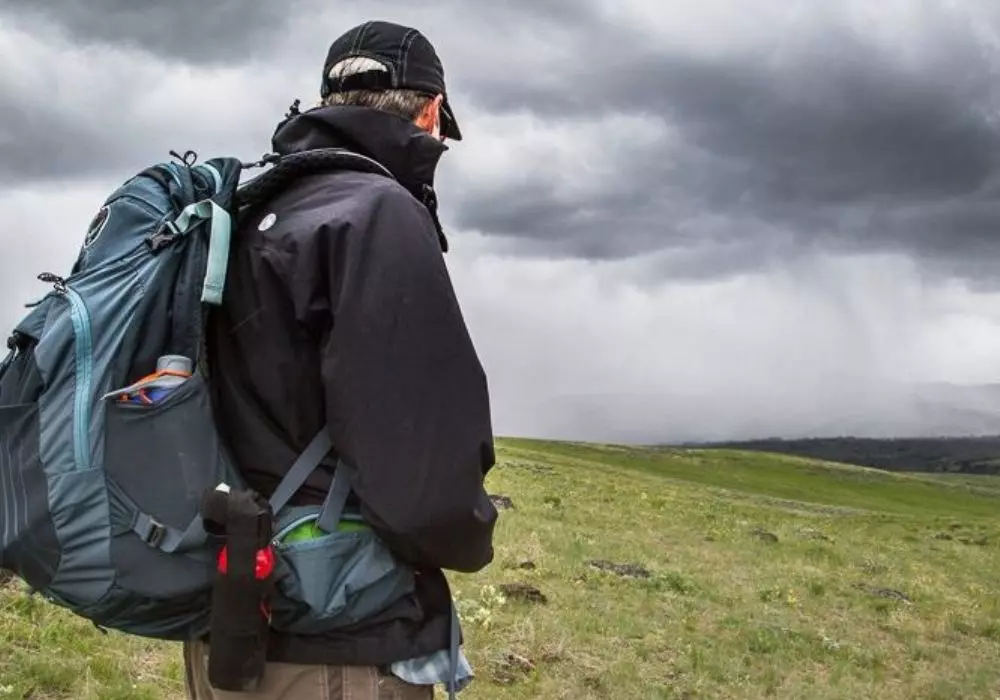

Weather in Yellowstone can be unpredictable, with temperature fluctuations and sudden changes in conditions.
Pack layers, including warm clothing and rain gear, to be prepared for various weather scenarios.
Respect Wildlife
Maintain a safe distance from wildlife and follow park guidelines to avoid disturbing animals.
Carry bear spray if hiking in areas with bear activity, and follow proper food storage practices to minimize interactions with wildlife.
Follow Leave No Trace Principles
Help preserve the park’s natural beauty by following Leave No Trace principles.
Pack out all trash, stay on designated trails, and minimize your impact on the environment.
Stay Hydrated and Safe
Bring plenty of water and snacks, and be mindful of altitude and weather conditions.
Stay on marked trails, and let someone know your plans before heading out for extended hikes or backcountry exploration.
Conclusion
Yellowstone National Park is a testament to the natural beauty and geological wonders of the American West.
With its diverse landscapes, rich history, and abundant wildlife, the park offers an unforgettable experience for nature lovers and adventure seekers alike.
From its geothermal marvels and scenic vistas to its wildlife and outdoor activities, Yellowstone provides a captivating journey into the heart of America’s wilderness.
Whether you’re marveling at geysers, hiking through canyons, or simply enjoying the serenity of Yellowstone Lake, this iconic park promises a memorable and inspiring adventure.
